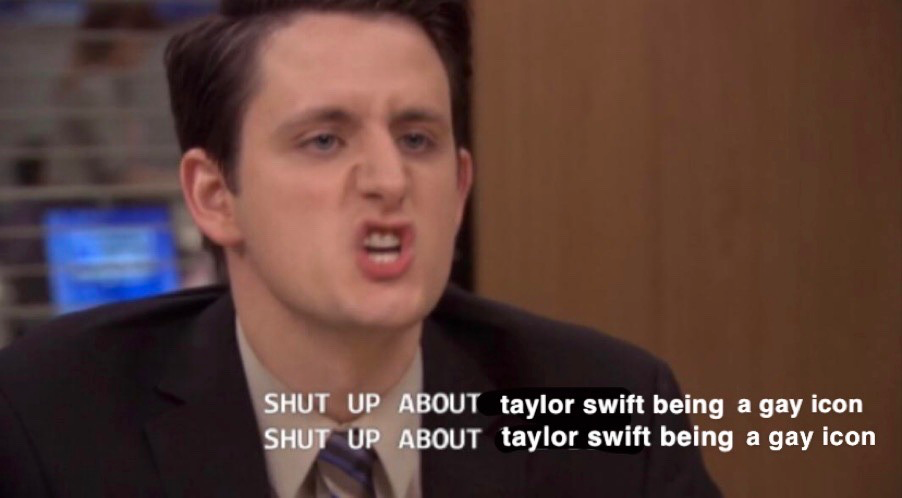
It’s been 51 years since the Stonewall Riots, in which Marsha P. Johnson and countless others boldly stood up in the face of injustice and fought for the safety and rights of queer people in the United States (not to marry, by the way, but to not be targeted by the police and subject to their brutality). It was a moment in history that catalyzed the gay liberation movement and lead us in large part to where we are today— a world far from perfect, still wrought with inequality, but a hell of a lot better than the one we left in history. Normally, around this time of year, conversations would be popping up about which musicians were set to headline Pride events across the globe. Obviously, in these famously “unprecedented times,” there will be no parades or parties. And, understandably, this means that the annual debate about who belongs in LGBTQ spaces has failed to rear its predictable head. However, that doesn’t mean that the discussion is irrelevant. The question of who ought to represent a community is actually always relevant, regardless of whether we acknowledge it as such under even the most ideal circumstances. So, parade or not, June is still Pride month. Let’s use this unusual one as an opportunity to talk about the things we as a community may ordinarily be neglecting.
If I had a dollar for every time someone has told me that a straight artist (who, let’s be honest, is most likely a white woman making pop music) is a gay icon, I would have enough money to buy each one of those people a copy of Dirty Computer on vinyl and maybe not have to write this article. Now, my goal here is not to talk poorly of those straight white women making pop music— most of the time they aren’t actively doing anything to solicit these coveted titles for themselves, and most of the time they have a devoted fan base for a reason. So if you’re here looking for a pointed criticism of Ariana Grande, you’ve come to the wrong place. Instead, this conversation is about us as music lovers. As fans, consumers, and icon-makers, if you will. This phenomenon is a product of our shortcomings.
Now, I am all for ally-ship, don’t get me wrong. But there is a time, and a place, and a way to acknowledge it without discrediting and stealing critical attention away from actual LGBTQ musicians. For us as audience members, true allegiance means listening to and promoting the voices of queer people— whether we consider ourselves to be a part of that group or not. It doesn’t matter if you’re straight, it doesn’t matter if you’re gay, your responsibilities to the effort for equality remain the same in this context: give queer musicians the recognition they deserve as artists. And, by extension, don’t give that same kind of recognition to their straight counterparts.
There is an entire genre-spanning and genre-bending community of LGBTQ artists who need that support. The music world has historically (and presently) never been particularly easy on any minority or marginalized group, and that certainly rings true in this case. When we have the opportunity to give our time, energy, and money to those artists who need a little more love, we ought to. And why wouldn’t we anyway? If anthems and idols are what we’re after, there’s no better place to start than songs about being gay written by people who are gay. What message is being sent when we instead choose to talk about others as our icons?
Often, it’s a message that’s damaging and exclusionary to queer women in particular (although that is certainly not the only group that gets hurt). Taylor Swift and Barbra Streisand can take their places in the industry thanks to wealth, gender conformity, and marketability, meanwhile the people who are actually creating content about their lived experiences are struggling to break into the mainstream. If your taste just so happens to be women making pop music, then the gay community has plenty of that to offer you. Hayley Kiyoko, Lady Gaga, Halsey, St. Vincent, King Princess, Janelle Monae, Sia, Tegan and Sara, and many more are all doing precisely that— and they’re doing it really well. So if it’s not a problem of representation within the genre, and it’s certainly not a problem of quality, what’s the excuse?
To clarify, this does not mean we shouldn’t listen to straight artists. Restricting anyone’s taste is actually the exact opposite of the point— that’s what the combination of our social reality and industry history has already been doing to us. Rather, the point is to exercise our freedom and control intentionally and, ideally, in opposition to these constraints. Listen to whoever you love, but be a fan responsibly. Anyone can be an icon to anyone else, but when it comes to being a gay one specificall
This Pride month, I implore you to learn a little more about the rich and diverse